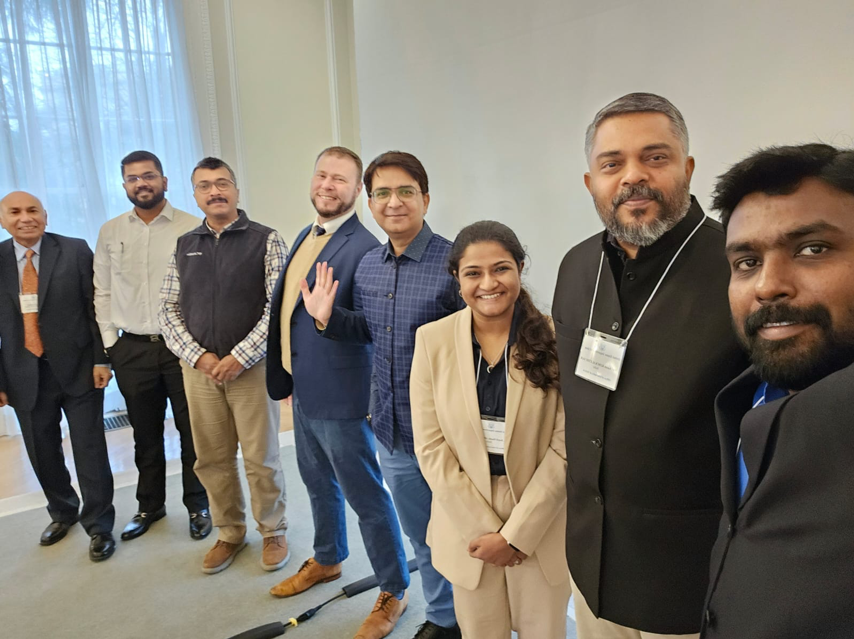June 26 marks the first anniversary of Obergefell v. Hodges, in which the Supreme Court decided that the Constitution requires the recognition of same-sex marriage. The decision’s implications remain as uncertain and controversial today as they were one year ago.
By: Andrea Pin
The legal recognition of same-sex couples varies considerably from one state to another. Some countries have introduced same-sex marriage, whereas others have implemented civil union pacts. Some states have legislated, while in others courts have enforced same-sex partnerships. Also, the types of arguments involved vary widely from one country to another, giving shape to very different policies of recognition. Same-sex partnerships may receive a bold recognition, or make their way to solemnization through more tortuous and indirect processes, which run the risk of avoiding fundamental questions surrounding marriage, equality, dignity, and religious freedom.
The latter is the case of Italy. Despite the huge political debate that has surrounded the enactment of its legislation, Italy has sanctioned same-sex partnerships only recently, acting under domestic as well as international pressure. Its approach has avoided tricky questions and left some issues in the penumbra.
Notwithstanding scattered opposition, mainly from Catholics and the Italian Bishops’ Conference, the Italian Parliament passed a bill between late 2015 and early 2016 that provides same-sex partnerships many of the rights that are attached to marriage.
The government presented the bill as constitutionally necessary and politically unavoidable, given the domestic and international pressure. In 2010, the Italian Constitutional Court supported same-sex couples’ rights claims, and in 2015 the European Court of Human Rights condemned Italy for failing to comply with the 2010 Constitutional Court’s ruling.
The 2016 legislation was perceived as an unsatisfactory compromise, however, both among opponents and supporters of same-sex marriage. Supporters were particularly disappointed when the possibility of adopting children was stripped away from the bill in order to soften opposition. This removal created a large gap between marriage and the new pact for same-sex couples. Meanwhile, Catholic hierarchies lamented that the new civil union pact resembled marriage so much that the only visible difference consisted in the fact that it did not have the same title.
The recent bipartisan dissatisfaction has deep roots in how political and legal institutions have addressed the issue of same-sex partnerships from the start. Judicial decisions in particular have preferred dealing with the topic rather indirectly, through compromises instead of clarity.
A second look at their main judgments will show why they have nurtured fragile expectations and made honest debates impracticable.
For example, the 2010 Constitutional Court’s decision refused to incorporate the right to same-sex marriage into the Italian constitution, as the original meaning of the constitution’s text did not allow for it. Nonetheless, the court added, same-sex couples have the right to have their relationships officially recognized by the state—an affirmation that the court left rather unspecified. This left the impression that it was trying to mitigate its denial of marriage for homosexual partnerships.
These affirmations boosted the debate around same-sex partnerships, but gave little guidance to the political branch, as the court did not explore the legal differences between marriage and same-sex unions. As a result, ideas for a bill on the subject mushroomed; but legislators were so distant from each other that no compromise was achieved.
Attempts to provide same-sex couples with some kind of legal protection were unsuccessful until the 2015 European Court of Human Rights’ decision. The European Court condemned Italy for violating the European Convention on Human Right’s right to family life (Article 8), but it did so in a rather indirect way. It took a very different approach from the bold affirmation of the right to same-sex marriage that one finds inObergefell v. Hodges, which the court quoted extensively. (In fact, the court took more than 400 words to describe Obergefell in detail.) The European judges avoided tackling the issue of same-sex marriage, and focused on the lack of coherence within Italian law.
As a result, the court left much leeway to European states on how and when a same-sex partnership had to be implemented; it sanctioned Italy only because “the Italian legislature seem[ed] not to have attached particular importance to the indications set out by the national community, including the general Italian population and the highest judicial authorities in Italy” (Oliari, par. 179). In other words, Italy was condemned for not listening to its Constitutional Court’s decision, rather than for violating the convention.
This kind of legal reasoning that has prevailed both at the national and supranational levels does not address fundamental questions pertaining to the nature of marriage, to the interests that are involved, and to their accommodation. This piecemeal, elusive approach minimizes the legal reasoning by avoiding tough questions. This judicial approach to same-sex rights’ recognition may limit the political impact of the decision, but offers little guidance to the institutions that should try to balance conflicting rights.
The uncertainties surrounding the nature of rights involved will sooner or later affect their balancing. Bold affirmations may generate unnecessary conflicts; but the kind of judicial minimalism that has characterized the rise of same-sex partnerships in Italy can also be detrimental, insofar as it makes accommodations unpredictable and the affirmation of new rights unsatisfactory. It is almost impossible to anticipate how religious freedom will be squared with the right to same-sex partnership, given that the status of this new right is not clear, nor are its differences from the status of marriage.
Andrea Pin is Assistant Professor of Constitutional Law at the University of Padova, Italy.
This piece was originally authored on July 14, 2016 for the Religious Freedom Project at Georgetown’s Berkley Center for Religion, Peace, and World Affairs.
THE RFI BLOG

Religious Freedom Is Back on the UK’s Agenda

Be More Faithful, Become More Resilient: An Invitation to Religious Institutions

How Soccer Reveals Different Meanings Of ‘Secular’ In France And The US

RFI’s Ismail Royer Meets with Delegation from India

Protecting the Unborn, Mothers, and Medical Ethics: The Stakes of Arkansas’ Amendment
CORNERSTONE FORUM

Public Bioethics & the Failure of Expressive Individualism

Religious Liberty in American Higher Education

Scotland’s Kate Forbes and the March of Secularism

70 Years of Religious Freedom in Sweden: Prospects and Challenges


